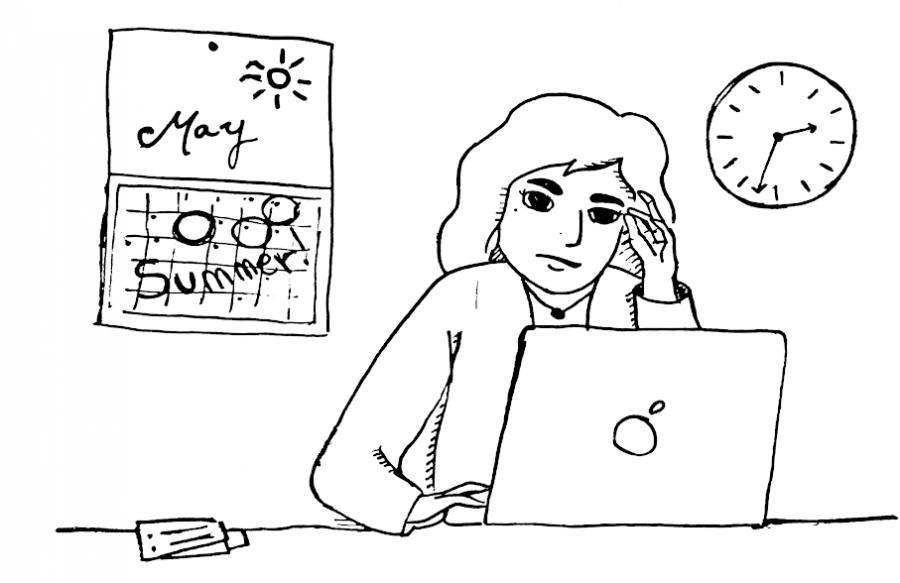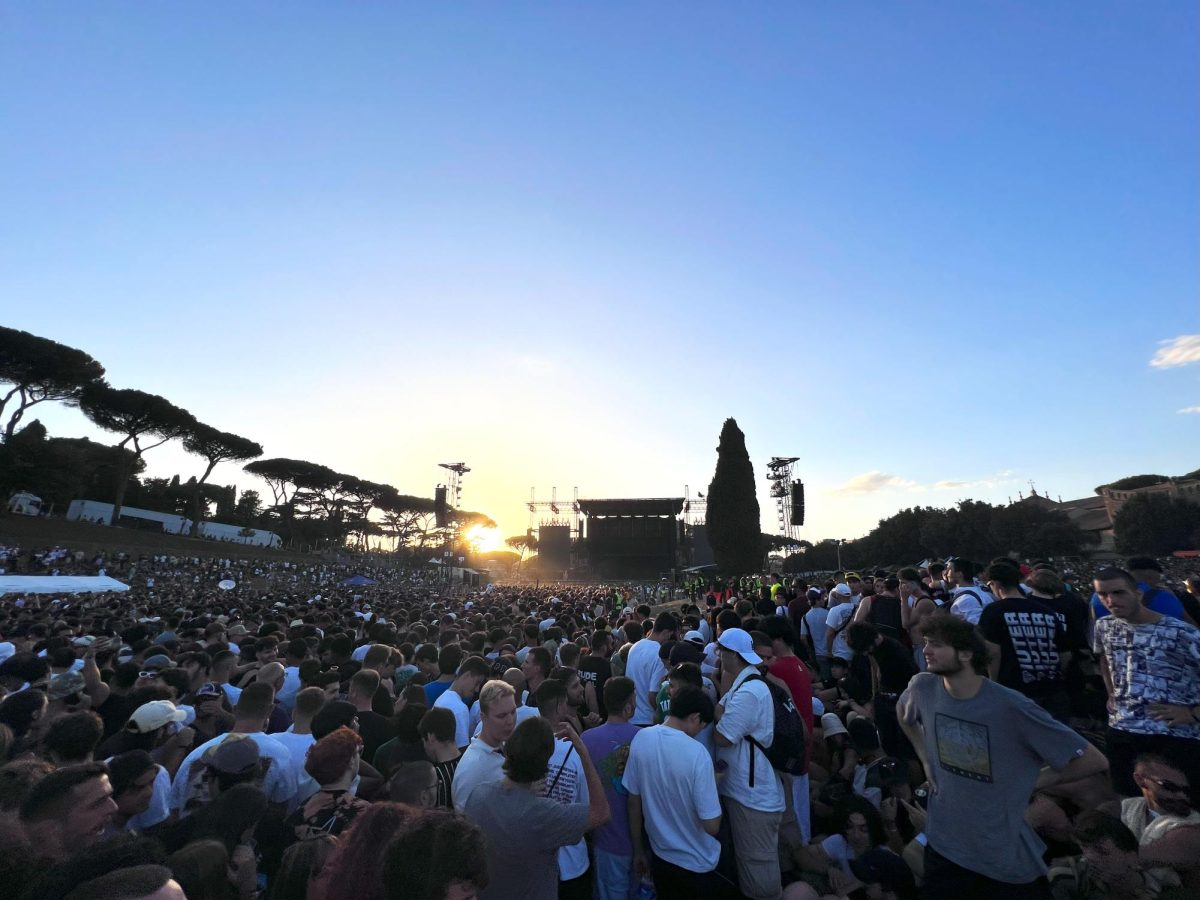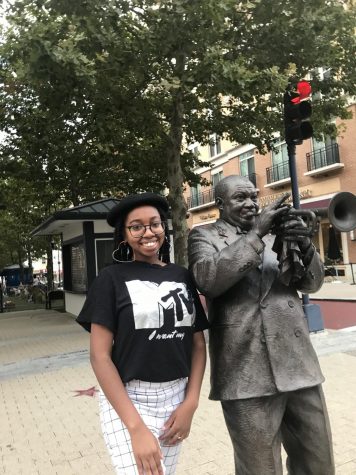Being a creator means investing a large portion of your time to bringing a vision to life.
Sometimes, creating something out of nothing can come easy and other times, it can be difficult to find your innovative spark and launch the creative process. A process once enjoyable and promising has now become a roadblock and you feel like anything you come up with is pointless.
Creative burnout can be defined as the heavy feeling of exhaustion and lack of interest at the thought or attempt of trying to create something.
In the face of a global pandemic and a new reality of an almost completely virtual lifestyle, creative burnout is something many people are beginning to encounter. They start to feel stuck, unmotivated and their body reacts adversely to the mere idea of producing something new.
How to know when you’re experiencing creative burnout
Everyone gains inspiration to create in different ways and it’s important to realize this. The reasons one person feels stuck and unmotivated to create will look different from others.
Creative work is fueled by a particular mix of factors. Just because you do not proudly utilize a social media platform to display your masterpieces to your audience like the rest of your creative colleagues does not mean there is anything wrong. Honor your feelings and the things you experience. What you could be feeling is creative burnout.
Common signs you may experience during creative burnout and solutions
Self-Doubt: With anything you create, there often comes a vision and a drive to bring it to life. Whether writing a scene for actors to perform, a song about heartbreak or recreating an original painting, you know what direction you want to go in and take yourself along for the ride. During creative burnout, you doubt if your vision is valid, realistic or even possible to produce.
Spend time developing skills to increase your confidence. Hone in on your strengths and enjoy doing them. There is always room for improvement and to be a better artist than before.
Being a perfectionist: Not only do artists strive for perfection, but they also intend for every step in the process to be flawless. Nothing is perfect and neither are you. Allow some space to make mistakes and permit yourself to mess up as you create. This is all part of the creative process.
Stop criticizing and judging your creative process. Embrace failure and mistakes as it may be a sign you need to revive your creative spark.
Having a feeling of being stuck in other areas of life: Due to quarantine and stay-at-home mandates, being forced to stay inside has felt like retribution for many creators. The world is a vibrant place, overflowing with opportunities to gather a ton of inspiration. If you feel stuck in one area of your life, it also can carry into the creative aspect too.
Identify areas where you feel stuck, seek professional help or try to develop new habits to keep the energy flowing throughout your life, including in the creative aspect. You will begin to see a shift in the way you create and the amount of time spent creating can change for the better.
Loss of pleasure in creating: While experiencing creative burnout, you may not feel as enthusiastic as you once did when it comes to creating. The idea of lounging around in pajamas, in front of a television screen for hours, suddenly sounds better than creating.
Engage other people in your creative journey. Bring them along with you for the ride. Don’t keep to yourself. Talk to other creatives. Open up and be transparent about how you feel. In doing so, you just might find and grab a hold of your creative spark.
Feeling physical symptoms of stress: Physical health conditions can induce extreme brain fog and mental fatigue, which can interrupt your ability to think clearly and create.
Get creative in staying physically active. Take a jog and listen to a podcast about creating, do a virtual dance class or workout routine with friends — the list is endless. Keeping an active lifestyle promotes a creative boost and can relieve symptoms of stress.
You are in “defensive mode:” When you are stressed, it can block creative flow and emotions from being expressed elaborately. It can bring about aggressiveness. If your innovative process is at a low point, irritability and anger levels can rise.
Sometimes, feeling angry or irritated can lead to brainstorming in an unstructured manner, and learning to cope with these emotions properly can work in your favor.
Give yourself time and space to enter into a “green zone”, which is a mental state where you feel safe and confident to work out problems. Being in this “green zone” can allow you to consider taking risks in creativity. Breathing coherently and listening to soothing music helps best with this symptom of creative burnout as well.
Creative burnout is normal and happens to the best creators. All you have to do is slow down, take a break from work, say no to new tasks, go on a vacation (but practice social distancing and wear a mask, of course) and just be present in creating. Be true to who you are as a person first and as a creator second. Your creative burnout will soon begin to fade away.















